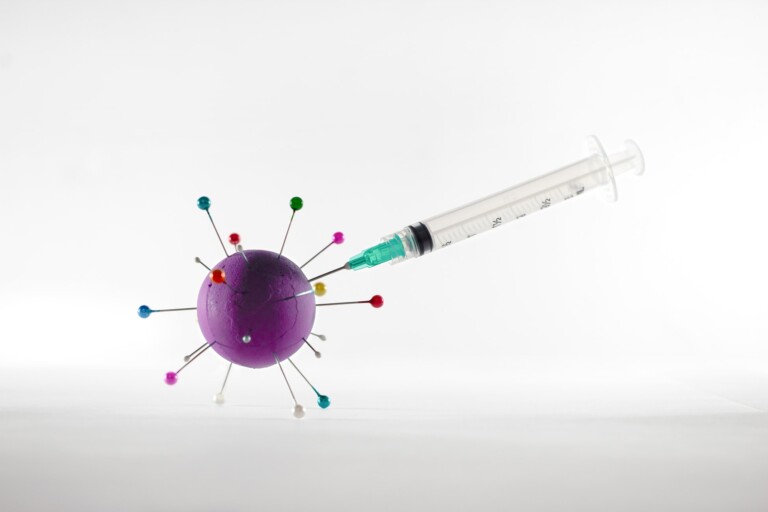
Yesterday, Provincial Health Officer Dr. Bonnie Henry announced that on July 1, British Columbia will be moving to step 3 of the province’s restart plan.
As part of the move, Dr. Henry advises employers to transition from their COVID-19 safety plans to their communicable disease plans. The shift is intended to help prepare people for the respiratory and other communicable diseases anticipated to come in the fall and winter.
According to WorkSafeBC, a communicable disease is “caused by an infectious agent or its toxic product that can be transmitted…from person to person”. COVID-19 and the seasonal flu are examples.
Dr. Henry says the move to communicable disease plans means the following:
- COVID-19 specific controls of COVID-19 safety plans will not be required outside of instances of elevated risk.
- Employers must ensure that fundamental measures of communicable disease prevention are in place at their workplace, including appropriate handwashing and personal hygiene practices, appropriate ventilation, and staying home when sick.
- Employers must be prepared to implement or maintain additional measures at times when the risk of communicable disease in their region or workplace is elevated, as advised and direct by public health.
To allow for a transition period, Dr. Henry recommends employers continue to maintain the protocols in their COVID-19 safety plans that do not negatively impact business operations. She gave pre-existing barriers and directional signage as possible examples.
A statement by Dr. Henry on the transition is available here.
WorkSafeBC has published a page regarding the transition available here. WorkSafeBC lists the following ongoing measures as those that should be maintained at all times:
- Implementing policies to support employees who may be sick with a communicable disease (for example, fever and/or chills, recent onset of coughing, diarrhea), so they can avoid being at the workplace
- Promoting hand hygiene by providing hand hygiene facilities with appropriate supplies and reminding employees through policies and signage to wash their hands regularly and to use appropriate hygiene practices
- Maintaining a clean environment through routine cleaning processes
- Ensuring building ventilation is properly maintained and functioning as designed
- Supporting employees in receiving vaccinations for vaccine-preventable conditions to the extent that employers are able
We expect more direction from public health and WorkSafeBC to come.
Please contact one of Clark Wilson’s employment and labour law lawyers for questions on this topic.




